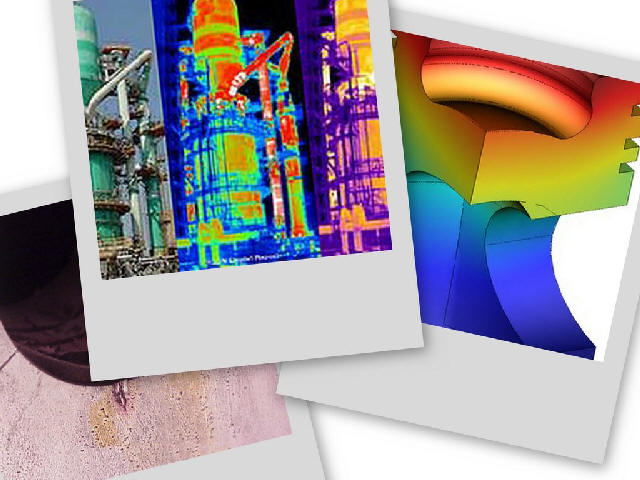Thermal
Fatigue
This damage results from cyclic and excessive thermal
fluctuations accompanied by mechanical constraint.
Excessive temperature gradients can add to internal
strain to initiate or enhance the cracking process. Once
initiated, freshly exposed metal within the cracks can
undergo oxidation, creating a wedge effect at the crack
tip, since the oxide occupies a greater volume than the
base metal.
Thermal fatigue can occur in waterwalls or other areas
subjected to DNB or rapidly fluctuating flows.
Low-amplitude vibrations of entire superheaters can lead
to thermal fatigue.

|
|
|



